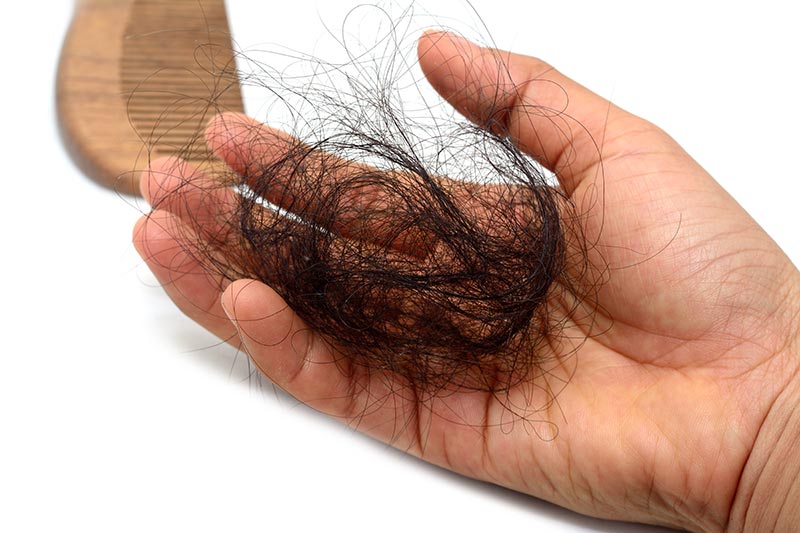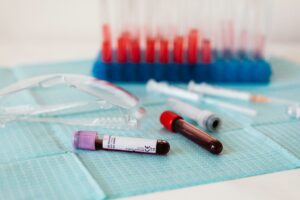Learn Everything You Need to Know About Hair Restoration

Hair loss - my hairloss image
Hair loss can have a profound impact on an individual’s self-esteem and overall well-being. Fortunately, the field of hair restoration has witnessed remarkable advancements, offering hope and solutions to those seeking to reclaim their crowning glory. With the perfect amalgamation of artistry and scientific innovation, modern hair restoration techniques have transformed the lives of millions.

In this article, we delve into the world of hair restoration, exploring its evolution, various procedures, and the transformative impact it has on individuals, instilling confidence and empowering them to embrace life with renewed vigor.
- The Roots of Hair Loss: To understand hair restoration, it is crucial to comprehend the underlying causes of hair loss. Factors such as genetics, hormonal imbalances, medical conditions, stress, and lifestyle choices can contribute to hair thinning or baldness. While it is natural to lose some hair strands daily, excessive shedding or progressive hair loss can be distressing. This understanding enables medical professionals specializing in hair restoration to diagnose the specific condition and recommend appropriate treatments tailored to individual needs.
- The Evolution of Hair Restoration: The quest for hair restoration dates back centuries, with ancient civilizations experimenting with various remedies and techniques. However, significant advancements have been made in recent decades. Traditional methods such as hair plugs and scalp reduction have given way to more sophisticated techniques that produce natural-looking results. Follicular Unit Transplantation (FUT) and Follicular Unit Extraction (FUE) are two widely practiced procedures in modern hair restoration.
FUT involves surgically removing a strip of hair-bearing skin from the donor area and dissecting it into individual grafts for transplantation. FUE, on the other hand, involves harvesting individual hair follicles directly from the donor area using a specialized tool. Both methods require meticulous precision and expertise to ensure optimal graft survival and natural hairline design.
- Artistry Meets Science: The Procedure: Hair restoration is a delicate balance between surgical precision and artistic vision. The procedure begins with a thorough consultation, where the surgeon and patient discuss expectations, potential outcomes, and the most suitable technique. Donor hair, typically harvested from the back or sides of the scalp, is selected based on its resistance to hair loss and compatibility with the recipient area.
During the surgery, the surgeon creates tiny incisions in the bald or thinning areas and carefully implants the harvested hair follicles. Attention to detail is crucial, as the direction, angle, and density of the transplanted hair must match the natural growth pattern for a seamless and undetectable result.
- Recovery and Aftercare: Following the procedure, patients can expect a recovery period of several weeks. The transplanted hair initially falls out, but this is normal and temporary. New hair growth typically begins within a few months, gradually thickening and blending with the existing hair. It is essential to follow post-operative instructions diligently, including gentle hair washing, avoiding strenuous activities, and protecting the scalp from direct sunlight.
- Transformative Impact and Future Developments: Hair restoration not only restores a person’s physical appearance but also has a profound psychological impact. The renewed confidence and improved self-image can positively influence personal and professional aspects of life. As technology continues to advance, further developments in hair restoration are expected. This includes the exploration of stem cell therapy, platelet-rich plasma (PRP) treatments, and gene therapy, which hold promise for enhancing the effectiveness and efficiency of hair restoration procedures.


